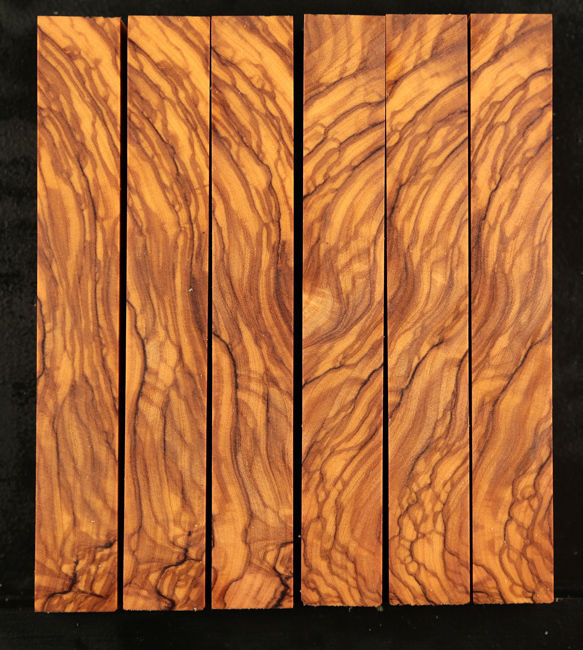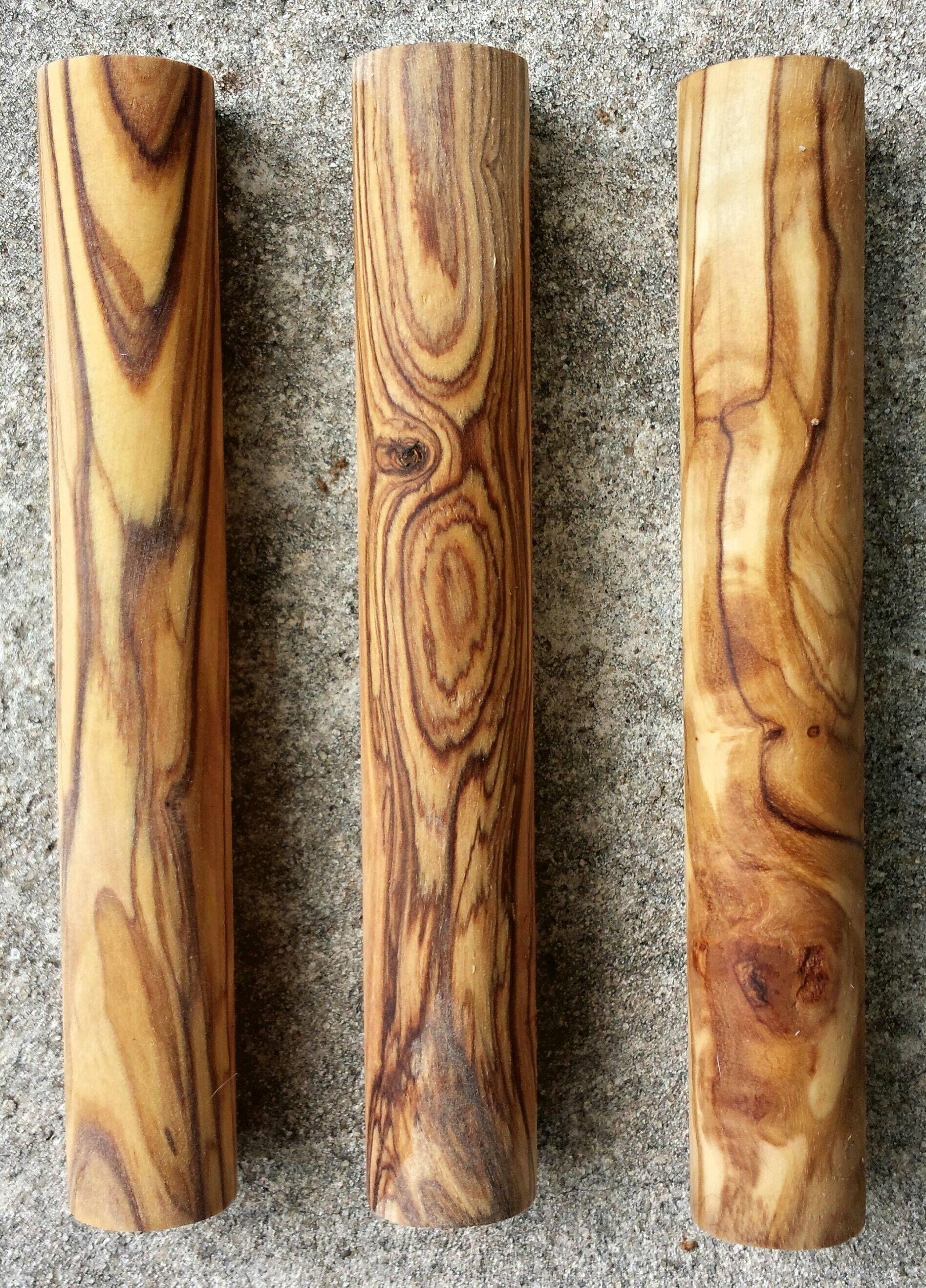VaporsVaporizer
On the Stoop
The finished product 














Teak BurlWhat kind of burl?
Teak Burl
Great looking samples, snappo...congrats!
Do you mind educating me a little bit...are these pieces taken from the tree horizontally or vertically? I keep wondering how the patterns are made.
@stickstones - Good to see you here - thanks for stopping by! The burls are unique and very often striking in their appearance, with beautiful swirls, colors, burls (eyes/buttons), etc. Burls are possibly the result of still as yet not well understood environmental factors that provide inroads for various forms of infestation or disease that cause the tree's defense mechanisms to go haywire and therefore bring about deformations to the natural wood patterns as they develop within the burl area. Burls are also formed as part of the reproduction cycle of some types of trees, like the big Redwoods, and removing them while still living not only brings great harm to the Redwood, but also curtails the production of offspring. Big burls that are taken from trees are like big warts or growths that can develop on just about any part of the tree, even at the root. They are most often derived from dead or fallen trees so as not to harm one that is living and healthy. Removing a burl from a healthy tree can very easily put it at risk for a very shortened life. I only source woods from suppliers who strictly support & observe forest conservation covenants. The burls that I source are only taken from fallen trees. Please see below some excerpts from a few online information sources that shed a little light on the subject.Great looking samples, snappo...congrats!
Do you mind educating me a little bit...are these pieces taken from the tree horizontally or vertically? I keep wondering how the patterns are made.








Hi @Reflections! PM'd and squared away! Those are the finest Olive woods I've come across, bar none! Kiln-dried, super dense & solid, and the most beautiful anywhere! We will get more, in full sized blanks as well!I really like the olive wood...how much are those pieces?
Thanks @flotntoke! Blanks are going fast, but have no fear - more are on the way!Great stuff, @Snappo !!! Have a feeling a few somebodys will be turning those beautiful blanks into exquisite vapes soon!



I'm as childish as I am forgetful...
You gonna update your old school Nano with some of this kiln-dried goodness, @flotntoke ?
I love the new stuff, @Snappo ! But I still like my blank the best...






My UD is from this wood (stock piece, not custom, go Dave), and it's really beautiful -- yay for Bethlehem Olive

Yes! Olive Wood is quite beautiful and so unique! I just placed an order for 6 E-Nano/Underdog/Hi sized kiln-dried Olive Wood blanks this morning. Could take a while before they are ready, but I'll definitely post pics and advise when they're available. I also just ordered 6 more Afzelia Burl blanks like the beauties pictured above. Of the kiln-dried Afzelia burl blanks pictured, one remains - the larger of the two - dazzling! Going fast, but more on the way! Please stay posted by putting this thread on your alert preferences!My UD is from this wood (stock piece, not custom), and it's really beautiful -- yay for Bethlehem Olive
